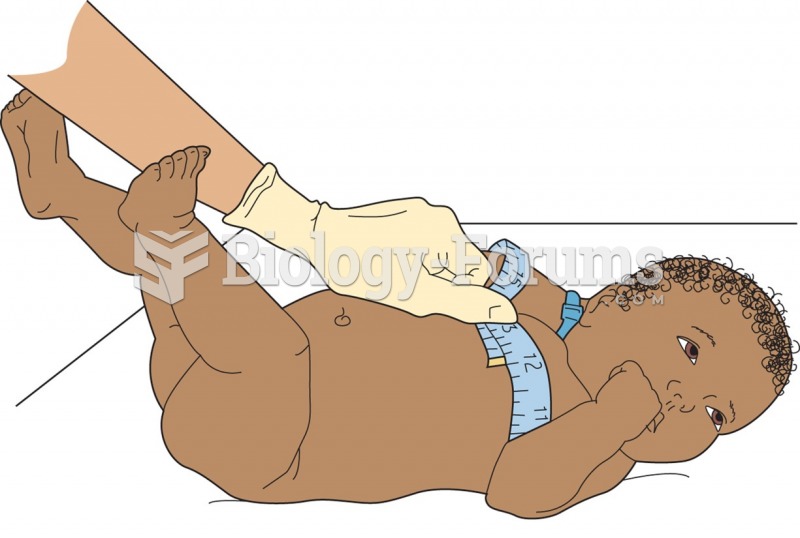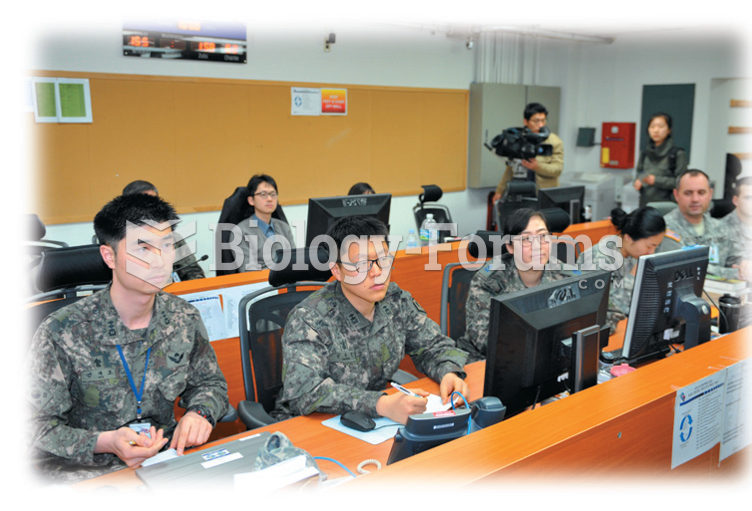|
|
|
There are more nerve cells in one human brain than there are stars in the Milky Way.
Complications of influenza include: bacterial pneumonia, ear and sinus infections, dehydration, and worsening of chronic conditions such as asthma, congestive heart failure, or diabetes.
ACTH levels are normally highest in the early morning (between 6 and 8 A.M.) and lowest in the evening (between 6 and 11 P.M.). Therefore, a doctor who suspects abnormal levels looks for low ACTH in the morning and high ACTH in the evening.
The highest suicide rate in the United States is among people ages 65 years and older. Almost 15% of people in this age group commit suicide every year.
The calories found in one piece of cherry cheesecake could light a 60-watt light bulb for 1.5 hours.
 The cranium of a young infant changes dramatically in shape with age. Initially the child has severa
The cranium of a young infant changes dramatically in shape with age. Initially the child has severa
 New England children like David, Joanna, and Abigail Mason (painted by an unknown artist around 1670
New England children like David, Joanna, and Abigail Mason (painted by an unknown artist around 1670
 A seemingly anonymous well-wisher from the crowd greets President Bill Clinton. When Clinton was ...
A seemingly anonymous well-wisher from the crowd greets President Bill Clinton. When Clinton was ...




